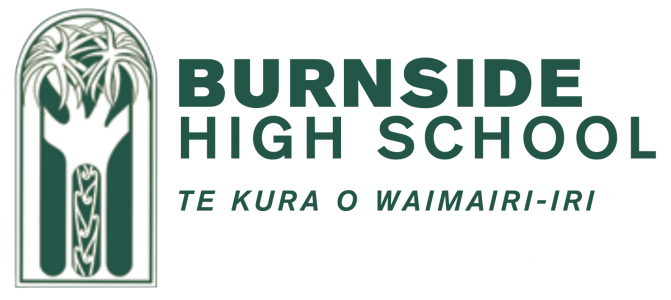
NCEA Level 3 Digital Technologies - Interactive Game Design
13DTG Course DescriptionTeacher in Charge: Mr J. Creighton.
Students are able to take more than one Digital Technology course. Each course counts as a unique domain for University Entrance. For example students taking Interactive Game Design and Product Design Technologies would count as 2 separate University Entrance Domains.
This course has a NZQA Scholarship option
This is a Digital Technologies Course for students who wish to specialise in pure Game Design.
Student projects will generally revolve around these skills.
- Unity3D or the Godot Game Engines.
- C# or GDScript Programming Languages.
- 3D Modelling and asset creation with Blender.
- 2D Game asset creation with Inkscape, Gimp, Piskel etc.
This course is referred to as a STEAM course, a Science, Technology, Engineering, Arts, and Maths composite course. Students will have the opportunity to create games for PC, Mac, Android and Virtual Reality using industry standard software and tools.
This course will be a University Entrance Accredited course. Students will be required to work collaboratively on game development projects throughout the year incorporating teams of;
- 3D artists,
- programmers
- project leaders
- level designers.
As well as preparing you for further study within this growing industry, the course provides a useful stepping stone into computer science or software engineering.
“The game industry is expected to have a global revenue in 2018 of more than $130 billion. Many Universities have realised this opportunity and are now offering courses that prepare students for work within the industry and in new emerging technologies like Virtual Reality, and Immersive Game Design including the University of Canterbury.”
Students should have an interest in computing, programming or 3d modelling.
It is recommended that you are able to work well in a team, enjoy solving problems and are highly motivated.
Students will develop projects using an “agile” design framework which includes iterative periods of development which revolve around the design process to:
- Plan
- Design and Develop
- Test, Evaluate and Deliver
Click the links below for examples of previous student projects.
 |  |  |
Learning Areas:
Contributions and Equipment/Stationery
$10 Consumables